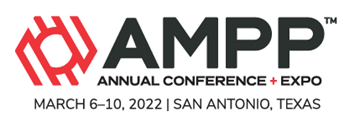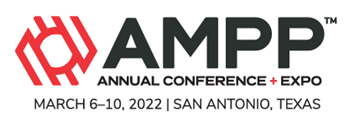Search
Products tagged with 'epoxy'
View as
Sort by
Display
per page
Biofuels: Lining Systems for a Diverse Array of Sustainably Derived Feedstocks
Product Number:
51323-19061-SG
Publication Date:
2023
$20.00
Cleaning & Painting of the Main Street Bridge Jacksonville Florida ‘A Super Bowl Face-Lift’ Part 2
Product Number:
41205-163-SG
Publication Date:
2005
$20.00
Effectiveness of Epoxy and Moisture-Cure Polyurethane Coatings in Corrosion Mitigation of Embedded Rebar- an Experimental Study
Product Number:
51320-14405-SG
Publication Date:
2020
$20.00
Epoxy Linings - Solvent-Free But Not Problem-Free
Product Number:
41205-162-SG
Publication Date:
2005
$20.00
Epoxy Penetrating Sealer Over Latex Acrylic - Good or Bad?
Product Number:
41215-934-SG
Publication Date:
2015
$20.00
Evaluation and Prediction of Protective Performance for Epoxy Systems and Epoxy/Polyurethane Systems in Wet and Dry Environments
Product Number:
41206-258-SG
Publication Date:
2006
$20.00
Field Experience of Various Coating Systems in Oil & Gas Industry
Product Number:
51324-20360-SG
Publication Date:
2024
$40.00
Finish Standards For Intumescent Cellulosic Fire Protection
Product Number:
51322-18100-SG
Publication Date:
2022
$20.00
Glassflake Epoxy - An excellent System for Offshore Platforms Splash Zone
Product Number:
41205-179-SG
Publication Date:
2005
$20.00
Graphene Enhanced Anticorrosive Performance Of A Waterbased Epoxy Coating
Product Number:
51321-16677-SG
Publication Date:
2021
$20.00












